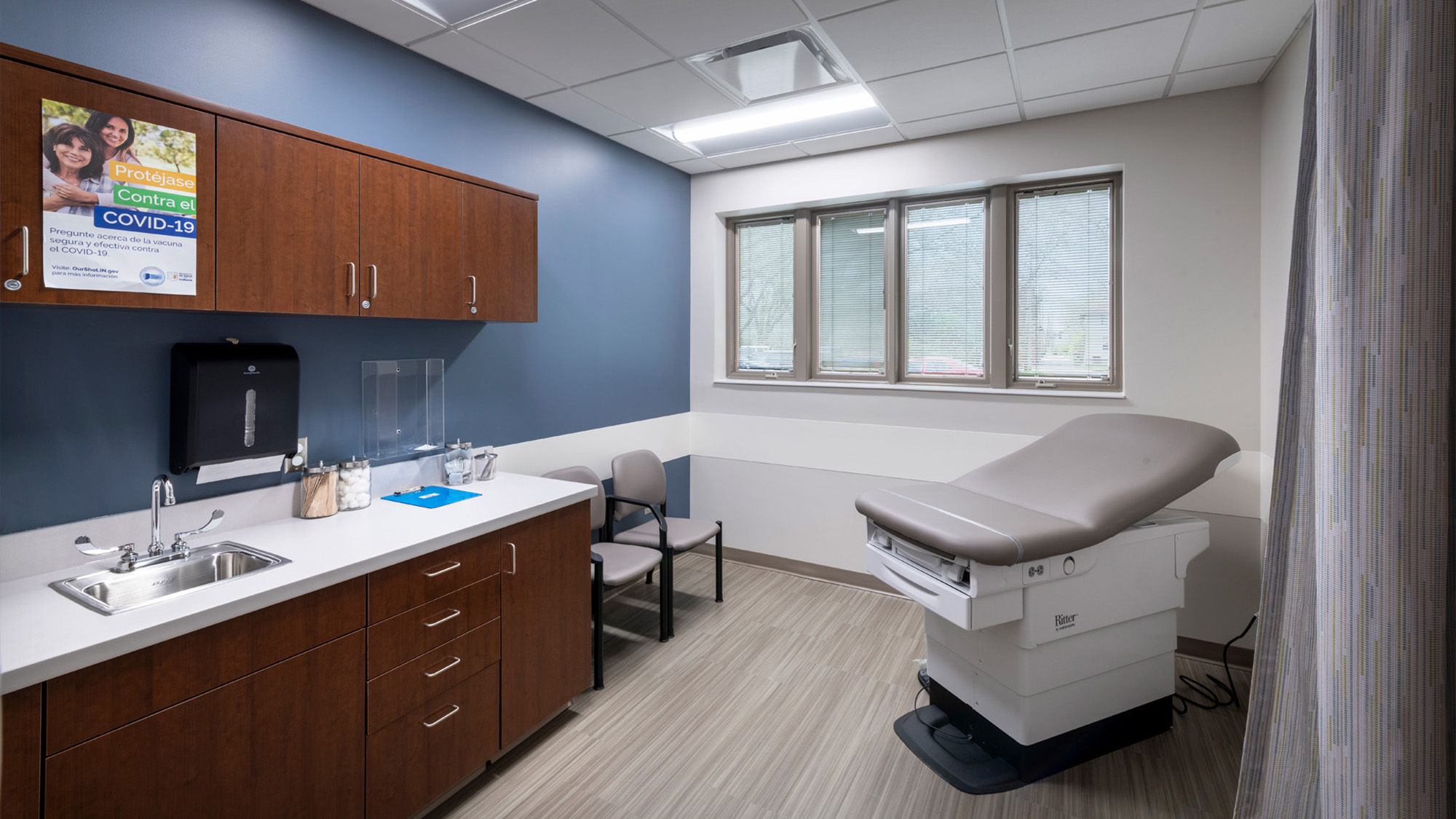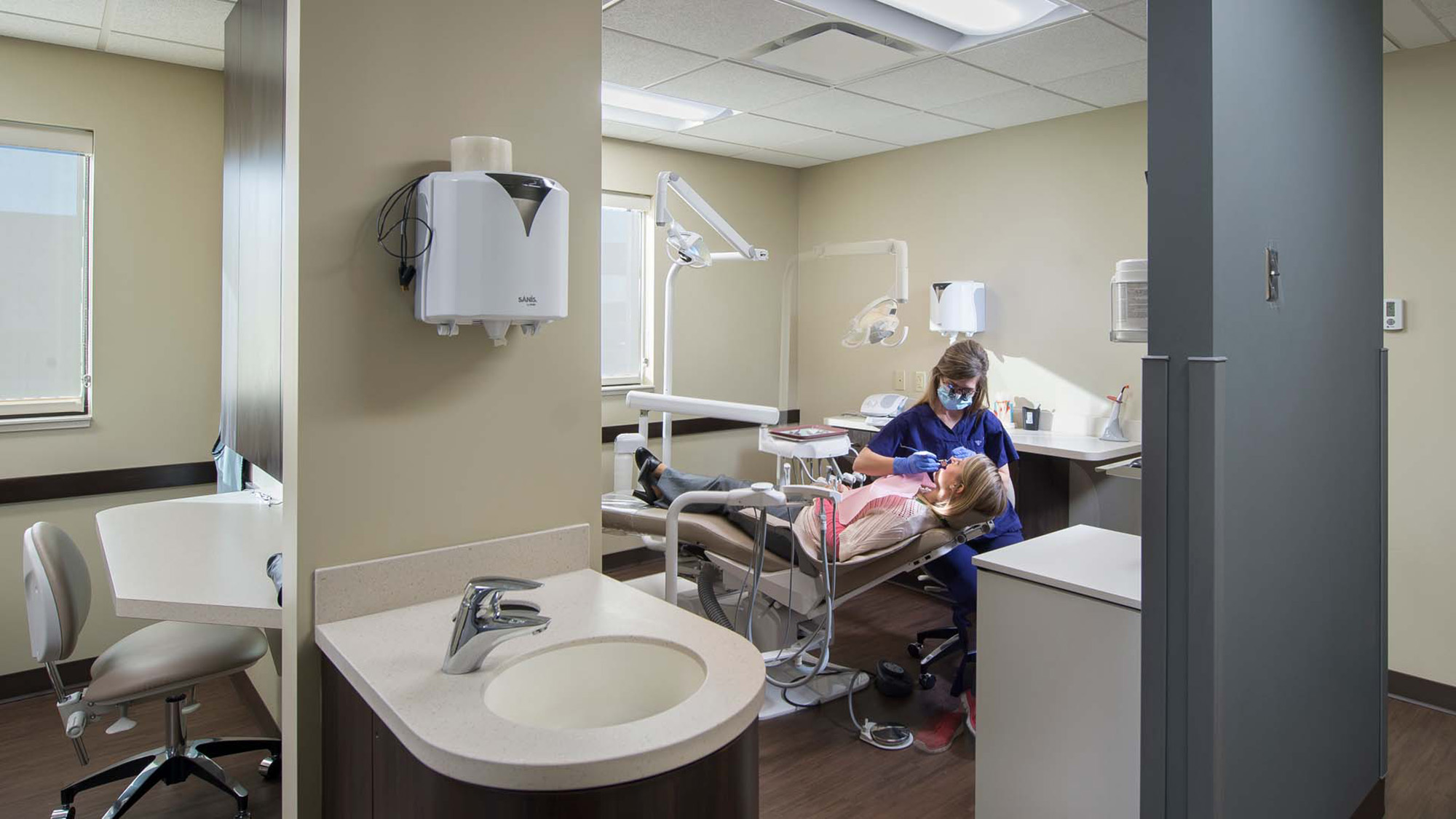In each edition of Building WELLness, DC WELL Accredited Professionals Hannah Arthur and Alex Kircher highlight an item of the WELL Building Standard. The standard aims to promote the health & wellbeing of building occupants using evidence-based strategies for health, safety, and performance. In this edition we are highlighting a feature from the Water Category.
Water, essential to a healthy life, can also be a source of harm by allowing for the growth of molds and other harmful organisms. When water is provided to a building and its occupants, measures should be taken to ensure that the water is clean and of a quality that improves well-being.
WELL Building Standard for Water
How does building design affect the water quality for its occupants? Water is an important component for the design and operation of building systems, heating and cooling, appliances, and shower use. For larger buildings like hospitals, hotels, and schools, this is especially important. Legionella is one of those organisms that can easily develop and be harmful to humans, especially those with weaker immune systems. The complicated building systems of these types of facilities can create ideal conditions to produce legionella.

Legionella Prevention
Feature W03, Basic Water Management of the WELL Building Standard works to implement protocols for reducing the risk of water quality loss to Legionella colonization. The water management feature works to reduce the health risks associated with contaminated water in addition to avoiding conditions that allow for mold growth by requiring water samples to be tested at least once a year for the following:
- Turbidity
- pH
- residual chlorine
- total coliforms
This feature requires that the facility create a Legionella plan that addresses the building systems and operations, including a plan for remediation if the results of the samples are above the allowed thresholds.

Another interesting item to note for healthcare projects is that CMS (Center for Medicaid and Medicare Services) requires that hospitals have a Legionella plan.
Water is an important feature in the WELL Building Standard, and it is important for us as designers and you as building owners/managers to design and adequately maintain buildings’ water systems. As we continue to dive deeper into the WELL Features and how they can be incorporated into design, think about how they could improve the wellbeing of each person in your space. Follow along for more insights on WELL Building Standard Features from DC.
More from Author
Design Collaborative | Oct 14, 2024
Higher education design for the first-gen college student
In this Design Collaborative blog, Yogen Solanki, Assoc. AIA, shares how architecture and design can help higher education institutions address some of the challenges faced by first-generation students.
Design Collaborative | Sep 16, 2024
Maximizing office square footage through ‘agile planning’
Lauren Elliott, RID, NCIDQ, Director of Interior Design, Design Collaborative, shares tips for a designing with a popular and flexible workspace model: Agile planning.
Design Collaborative | Aug 5, 2024
Mastering the art of project schedule: Expert insights on design and construction
We sat down with two experts in the design field, Ron Dick (Founding Partner and Architect) and Mike Niezer (COO and Architect), to talk about everything you need to know about the entire process.
Design Collaborative | Jul 1, 2024
Mastering office layouts: 5 primary models for maximum efficiency and productivity
When laying out an office, there are many factors to consider. It’s important to maximize the space, but it’s equally important to make sure the design allows employees to work efficiently.
Design Collaborative | Jun 3, 2024
Escalation: Predicting project costs in a volatile market
Thad Berkes, Chief Cost Estimator, Design Collaborative, shares that one of the major hurdles that Design Collaborative attempts to forecast for its commercial construction projects is escalation.
Design Collaborative | Mar 4, 2024
Illuminating your path to energy efficiency
Design Collaborative's Kelsey Rowe, PE, CLD, shares some tools, resources, and next steps to guide you through the process of lighting design.
Design Collaborative | Jan 19, 2024
How to strengthen office design as employees return to work
Adam James, AIA, Senior Architect, Design Collaborative, shares office design tips for the increasingly dynamic workplace.
Design Collaborative | Dec 12, 2023
Transforming workplaces for employee mental health
Lauren Elliott, Director of Interior Design, Design Collaborative, shares practical tips and strategies for workplace renovation that prioritizes employee mental health.
Design Collaborative | Nov 2, 2023
3 fundamental steps to crafting the ideal branch
Jared Monce, AIA, Architect, Design Collaborative, shares three guidelines when designing branches for financial institutions.
Design Collaborative | Oct 9, 2023
Design solutions for mental health as a secondary diagnosis
Rachel Vedder, RA, LEED AP, Senior Architect, Design Collaborative, shares two design solutions for hospitals treating behavioral health patients.
















